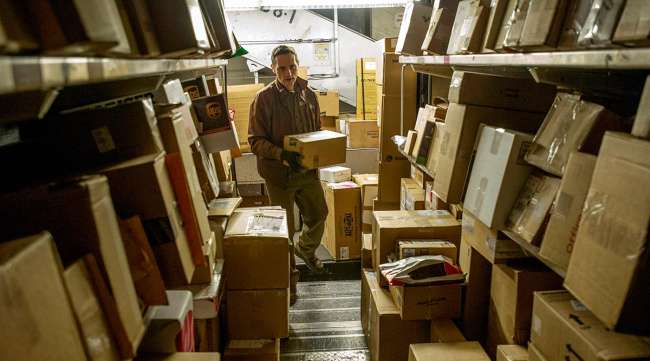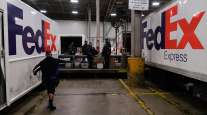Analysis: UPS Makes Shareholders Wait to Celebrate

UPS Inc. is doing right by President Donald Trump’s standards, but that’s hardly what shareholders want to see right now.
The delivery company’s predominantly U.S.-focused business and high effective tax rate had Wall Street eyeing a cash and profit windfall as the recently passed tax cuts take hold. But a joyous announcement akin to rival FedEx Corp.’s December estimate of an extra $1 billion in profit this year was not to be. Instead, UPS on Feb. 1 said it would funnel a large chunk of the extra resources back into capital expenditures to help adapt its network to the deluge of e-commerce shipments.
RELATED: UPS ends 2017 with strong results
Its 2018 guidance was also well short of analysts’ expectations even at the high end of the range. Shareholders were unimpressed.
Investing in one’s own business is, of course, not inherently bad. That’s allegedly what the tax bill was declined to encourage, as opposed to massive share buybacks. But in this case, Republicans’ vision for increased investment in the U.S. economy is bumping up uncomfortably with shareholders’ reality.
The problem is UPS has been spending heavily for years on automation, aircraft and other technology to make its network run more smoothly. And it’s just not clear what the payoff has been.
Predicting e-commerce volumes, particularly around the holidays, has continued to confound UPS, resulting in delays around Cyber Monday this year and extra costs as it coped with them.
RELATED: UPS and FedEx handle record holiday surge with minimal delays
UPS said Feb. 1 that the adjusted operating profit margin in its U.S. domestic segment shrunk to 10.7% in the fourth quarter, compared to 12.3% in the same period a year earlier. Mind you, these challenges are after UPS spent $5.2 billion on capital expenditures in 2017 and $3 billion in 2016.
UPS’s struggles to profitably handle the surge of e-commerce shipments are all the more troubling as Amazon.com Inc. prepares to make more inroads into its business.
Bloomberg News reported earlier this week that Amazon is expanding a logistics service for its third-party merchants that would give the internet giant control over deliveries without having to store inventory in its own warehouses.
FedEx has also been updating its network, but it’s worth noting that the company stuck by its original call for $5.9 billion in capital expenditures this year, even as it announced a $1.5 billion modernization of some of its hubs in January.
In its most recent quarter, FedEx also increased operating margins in each of its main divisions — express, ground and freight — after adjusting for integration expenses tied to its 2016 acquisition of TNT Express. It will report results for the Christmas season this spring.
The pain from UPS’s increased spending announcement would have been more acute without the benefits of tax reform. But that’s cold comfort to investors who had been prepared to celebrate this morning.
UPS ranks No. 1 and FedEx No. 2 on the Transport Topics Top 100 list of the largest North American for-hire carriers.




